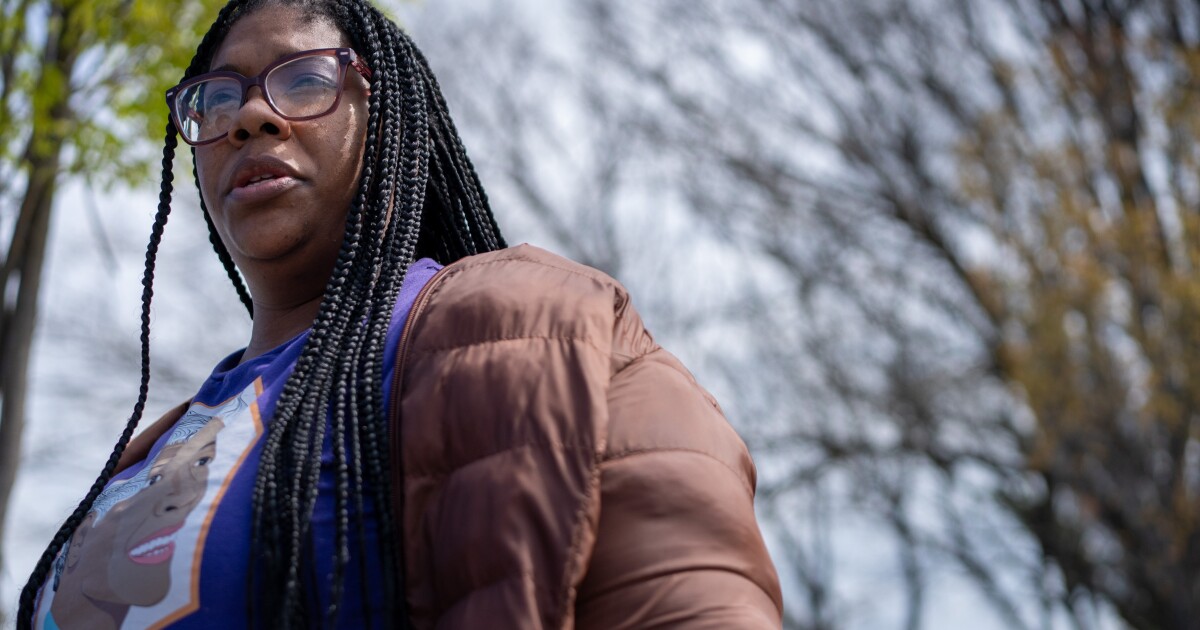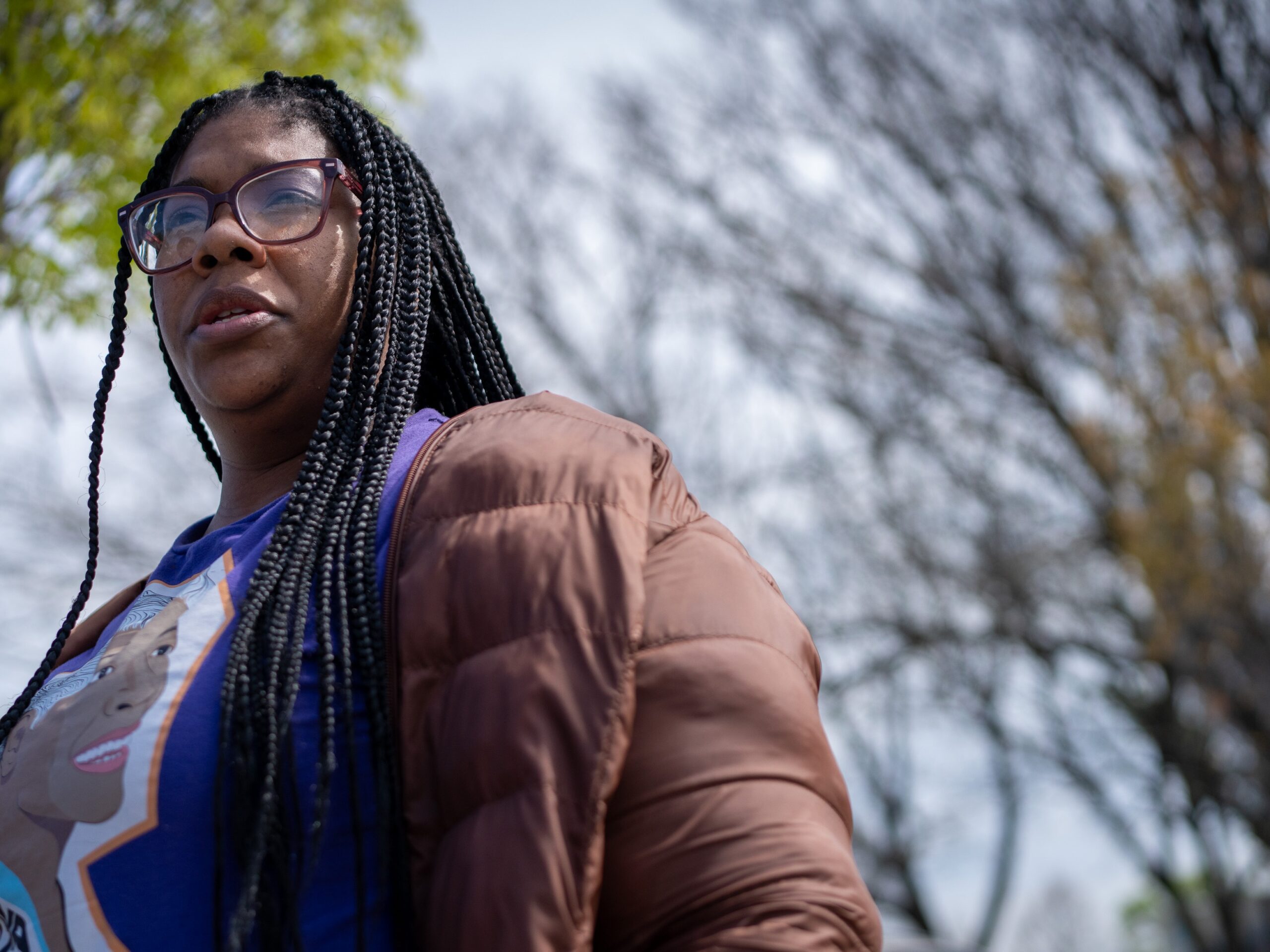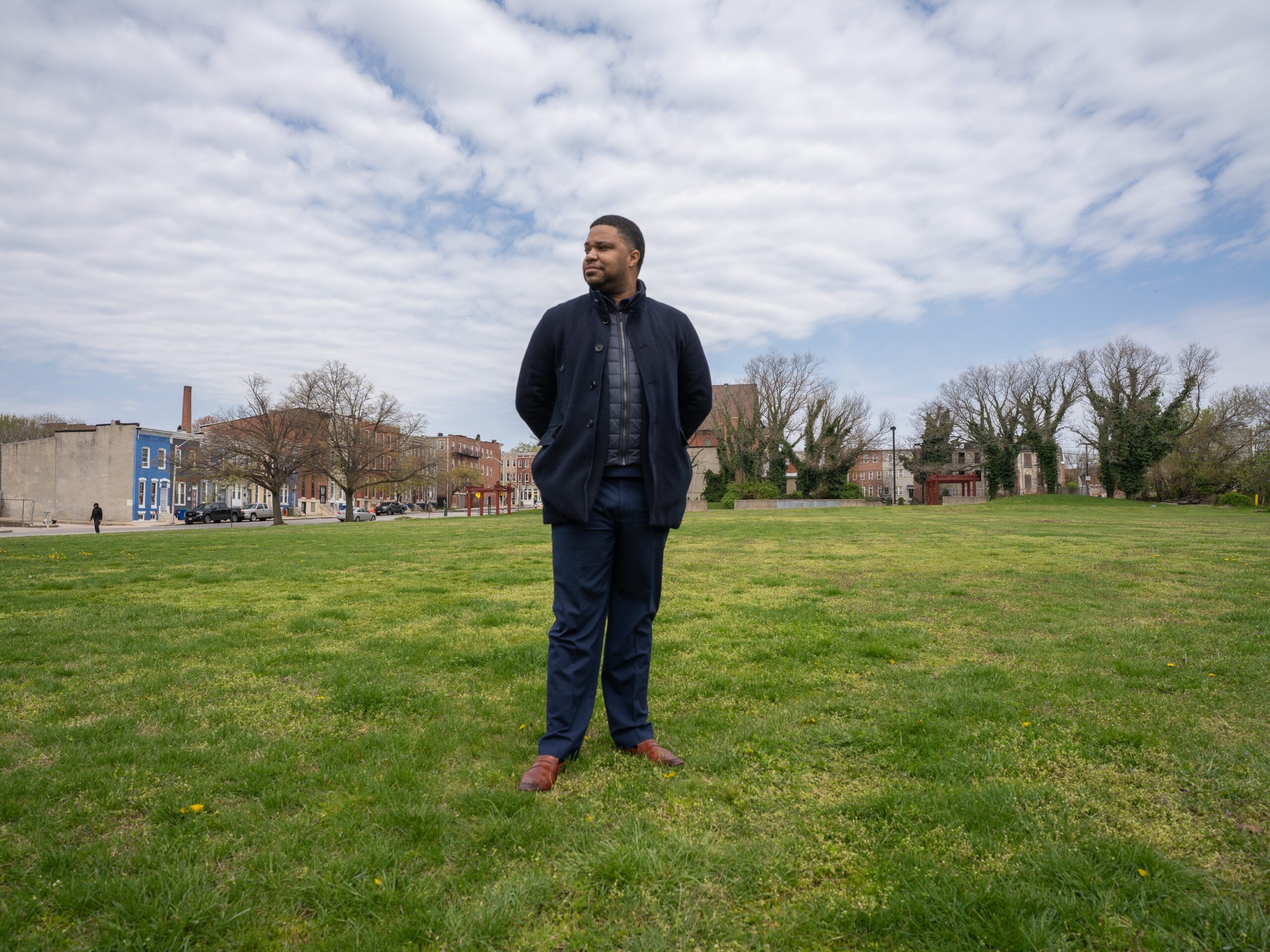Ten years ago, the world watched Baltimore erupt in protest after the death of Freddie Gray, a young Black man who suffered a fatal spinal injury in police custody. The riots, raw and painful, were a stark outcry against systemic injustice and police brutality. But amidst the flames and the anger, a quieter, more persistent struggle began: the fight to rebuild a community fractured by grief and trauma. This is the story of West Baltimore, ten years after Freddie Gray’s death, a story of resilience, lingering pain, and a fragile hope for a brighter future.
A Decade of Broken Promises: Sandtown’s Struggle for Hope
The Ghost of Freddie Gray:

Ten years ago, Freddie Gray’s death in police custody ignited a firestorm of protest and unrest in Baltimore, exposing the deep-rooted tensions between law enforcement and the city’s Black community. Sandtown, Gray’s neighborhood, became the epicenter of this national conversation about racial injustice and police brutality.
Empty promises were made in the aftermath of Gray’s death. Political leaders pledged sweeping reforms and investment in Sandtown. Millions were promised for youth programs, vacant buildings were slated for demolition, and the promise of revitalization hung heavy in the air.
However, a decade later, many of these promises remain unfulfilled. While some progress has been made, the scars of Gray’s death and the broken promises that followed continue to fester, leaving residents of Sandtown feeling abandoned and disillusioned.

A Community Resilient, Yet Battered:
Standing outside of a once-bustling recreation center in a West Baltimore neighborhood, Tracey Malone reflected on the community that she grew up in. “Sandtown-Winchester community is a loving community. It is a community where neighbors care for each other, you know each other,” Malone, who is now the executive director of the Sandtown-Winchester Community Collective said.
“I grew up here. I grew up in Lillian Jones Rec Center,” Malone said. “My mom still owns a home here, and my brother was murdered in the same community. And I am here giving back to this community, because he was a kid that gave back.”
Sandtown was once a thriving locus of Black cultural life in Baltimore, but over the years, it fell into disrepair and decline. For some who are invested in the neighborhood, as Malone is, the still-shuttered recreation center has become a visible symbol of persistent challenges. And the rec center’s future is a sign of what the future of Sandtown could look like.
“Where’s the hope? Ten years later, we’re still standing here,” said Malone. “And where’s the hope? Where’s the change?”

The Legacy of Freddie Gray
A National Conversation:
Ten years ago, the death of 25-year-old Freddie Gray put the neighborhood of Sandtown-Winchester in the national spotlight. But Sandtown’s struggle long predates Gray’s arrest and death.
Gray was arrested in April 2015 in the Gilmor Homes public housing complex in Sandtown, and placed in the back of a police van. While he was being transported by Baltimore police officers, he suffered a severe neck injury. Gray died in a hospital a week later.
Following his funeral, unrest broke out with protests across majority-Black West Baltimore that later spilled into other parts of the city. Some involved violence and destruction, including the burning of a CVS store in Sandtown – in images seen around the country.

The Church as a Safe Haven:
Pastor Duane Simmons leads Simmons Memorial Baptist Church in Sandtown. Outside Simmons Memorial, people line up to receive food aid, handed out from a van parked alongside the building.
Inside, the church is no-frills. There are visible holes in the floors and walls inside the church’s central office. “We deal with over a thousand people who have an addiction problem. We feed about 4 to 600 people a week. With no money. Because here at Simmons Memorial, we believe that need should be the driving force of your ministry, not surplus” the pastor said.
Simmons has been leading this church for decades, since 1990. And in 2015, when Freddie Gray’s death sparked the uprising in Sandtown and across the city of Baltimore, he says the church provided resources, and safe haven.
“Three and a half weeks. We never closed. 24 hours. It was the safest spot in which to be because not a glass was broken on this church,” he said. “We were present. Helping, lifting, encouraging.”
The Aftermath of Broken Promises
Investment and Reforms:
After Gray’s death and the unrest that followed, political leaders visited Sandtown and made promises of investment and sweeping change. Then-mayor Stephanie Rawlings-Blake promised $4.2 million dollars for programming for young people.
There was a program launched by the mayor and Maryland’s governor at the time, Larry Hogan, to demolish vacant buildings and rebuild blighted blocks. But Simmons, and others, say many promises never materialized – and that after ten years there’s waning attention.
A Waning Sense of Hope:
“The politicians that represent this community are never here. They rub shoulders with the aristocrats, but barely speak to the proletariat.” Some change did come to Sandtown and to Baltimore. The Department of Justice investigated the city’s police department – finding that it disproportionately targeted Black people for stops and arrests.
In response, the city implemented reforms aimed at reducing police brutality and promoting community trust. But despite these efforts, many residents of Sandtown feel that the city has failed to follow through on its promises.
“We’re still standing here, ten years later,” said Malone. “And we’re still asking: where’s the hope? Where’s the change?”
Expert Analysis and Insights
Breaking Down the Barriers:
“You can’t just build a new community center and expect everything to be okay,” said Dr. Marcia Smith, a sociologist at the University of Baltimore. “You have to address the systemic issues that have led to disinvestment and disrepair.”
“The city needs to take a comprehensive approach to addressing the challenges facing Sandtown,” she said. “That means investing in education, job training, and community development – and working to address the root causes of poverty and inequality.”
The Future of Sandtown:
“We need to focus on building trust and promoting community engagement,” said Pastor Simmons. “We need to work together to create a brighter future for Sandtown – and for the city as a whole.”
“It’s not just about fixing the physical environment,” he said. “It’s about creating a sense of hope and possibility – and giving people the resources and support they need to succeed.”
The Weight of History:
Sandtown’s struggles predate Gray’s death. Decades of disinvestment, systemic racism, and economic hardship have left the neighborhood grappling with poverty, violence, and a lack of opportunities. The once-thriving locus of Black cultural life in Baltimore has fallen into disrepair and decline.
For some who are invested in the neighborhood, like Tracey Malone, the still-shuttered recreation center has become a visible symbol of persistent challenges. “Where’s the hope? Ten years later, we’re still standing here,” Malone said. “And where’s the hope? Where’s the change?”
The Unwavering Spirit:
Despite these challenges, Sandtown’s residents have shown remarkable resilience. Community organizations, faith-based groups, and local leaders continue to work tirelessly to uplift their neighborhood, providing essential services, offering support, and nurturing hope.
Pastor Duane Simmons, who leads Simmons Memorial Baptist Church in Sandtown, has been providing resources and safe haven to the community for decades. “We deal with over a thousand people who have an addiction problem. We feed about 4 to 600 people a week. With no money. Because here at Simmons Memorial, we believe that need should be the driving force of your ministry, not surplus,” the pastor said.
The Need for Sustained Action:
While the spirit of Sandtown is indomitable, it needs sustained support. Long-term investments in education, job creation, affordable housing, and community development are crucial to breaking the cycle of poverty and despair that has plagued the neighborhood for generations.
After Gray’s death and the unrest that followed, political leaders visited Sandtown and made promises of investment and sweeping change. However, many promises never materialized, and there’s waning attention after ten years.
A Call for Justice and Hope:
The Search for Accountability:
The ongoing quest for justice for Freddie Gray remains a powerful symbol of the fight against police brutality and racial injustice.
Rebuilding Trust:
Rebuilding trust between law enforcement and the community is essential for healing and progress. This requires meaningful police reform, increased transparency, and a commitment to accountability.
A Beacon of Hope:
Despite the challenges, Sandtown continues to offer a beacon of hope. By addressing the root causes of inequality, investing in its residents, and fostering a culture of justice and opportunity, Sandtown can finally begin to heal and thrive.
Conclusion
Ten years after Freddie Gray’s death ignited national outrage over police brutality and racial injustice, the article paints a sobering picture of West Baltimore. While tangible improvements in infrastructure and policing strategies have been implemented, the scars of trauma and systemic inequities persist. The community grapples with the enduring legacy of Gray’s death, yearning for true justice and a future where everyday life is unburdened by fear and suspicion. The article powerfully underscores that progress without addressing the root causes of inequality is insufficient. The fight for real change demands a multifaceted approach: continued efforts to reform policing practices, investment in economic opportunities and social services within marginalized communities, and a sustained commitment to dismantling the structures that perpetuate racial disparities. The future of West Baltimore, and indeed, the future of America, hinges on our collective willingness to confront these challenges head-on. Will we seize this opportunity to build a society where every life is valued and every community has the chance to thrive?

